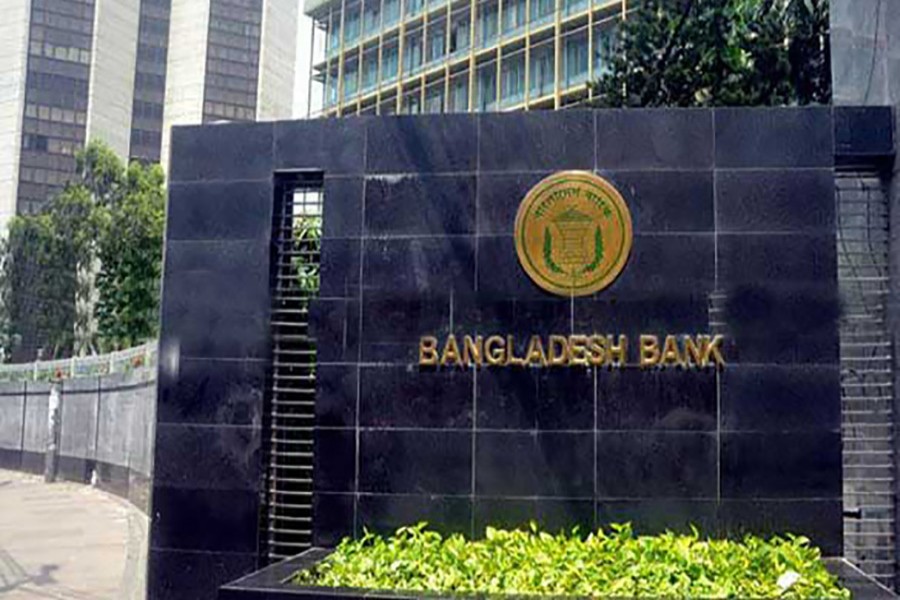A central bank study has observed that the bank profitability is more sensitive to non-performing loans (NPLs) and expenditure-income ratio than it is to liquidity in the country.
The study titled ‘Is There a Relationship between Liquidity and Profitability in the Banking Sector in Bangladesh: A Panel Data Analysis’ is conducted by Mst. Nurnaher Begum, a deputy general manager of the research department of Bangladesh Bank. It is published as a policy note recently.
The paper examined the relationship between bank liquidity and profitability. Four types of banks were taken into consideration in the study for the sample period 1997-2014. These banks are: State-owned Commercial Banks (SCBs), Development Financial Institutions (DFIs), Private Commercial Banks (PCBs) and Foreign Commercial Banks (FCBs).
By using panel data model, the paper found a negative relationship between expenditure-income (EI) ratio and bank profitability. “Thus commercial banks should give attention to reduce the expenditure.” the study suggested.
The result also showed a negative relationship between bank NPLs and profitability. “So commercial banks need to be careful while giving loans and reduce NPLs to increase profitability,” the paper said.
“The recent rise in NPLs is concerned for overall banking stability because high NPLs give huge stress in the banks to earn profit,” it added.
The paper further observed that the percentage share of NPLs to total loans has reduced dramatically from 1997 to 2011. The gross NPL ratio for all banks declined to 6.20 per cent in 2011 from the peak 37.5 per cent in 1997. But the ratio again increased during the previous two years due to a sharp increase in NPL of SCBs.


